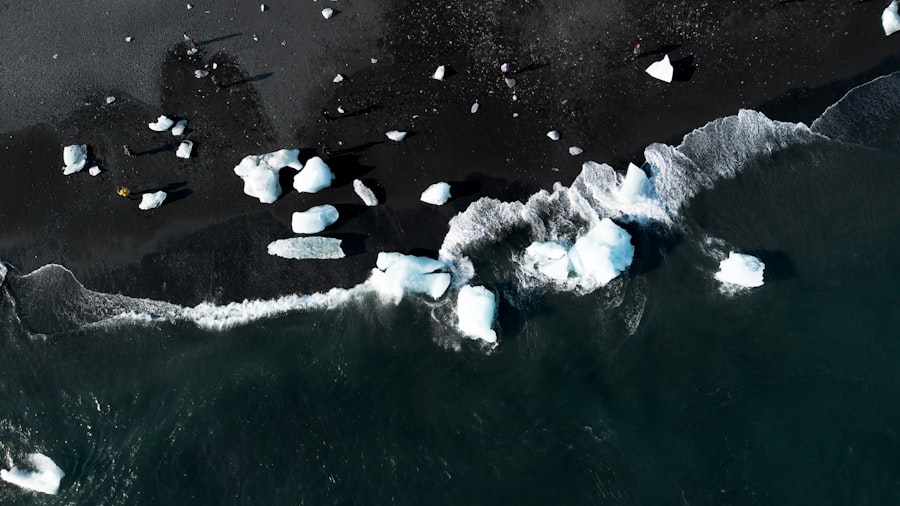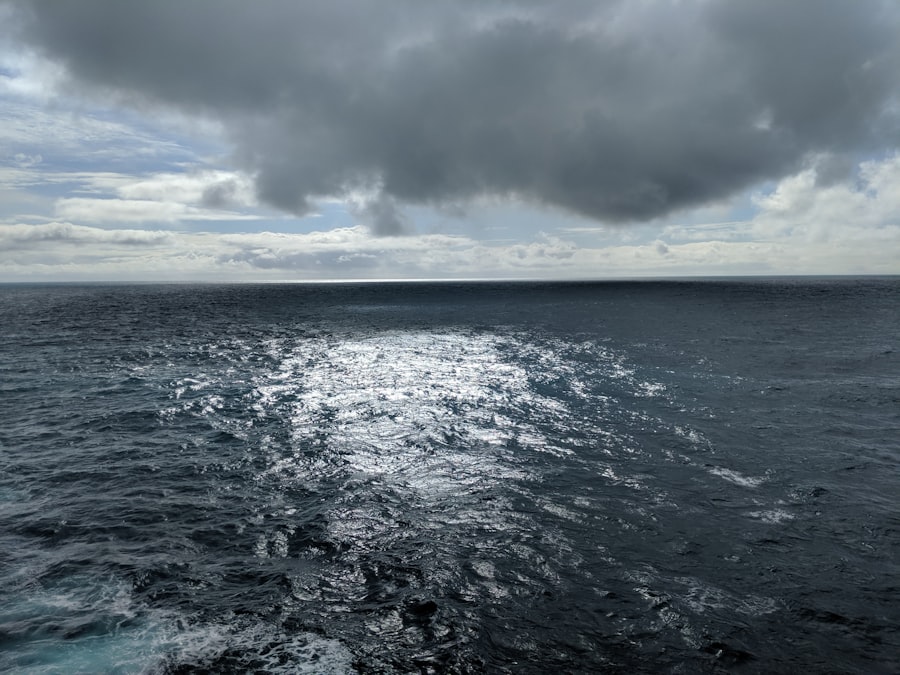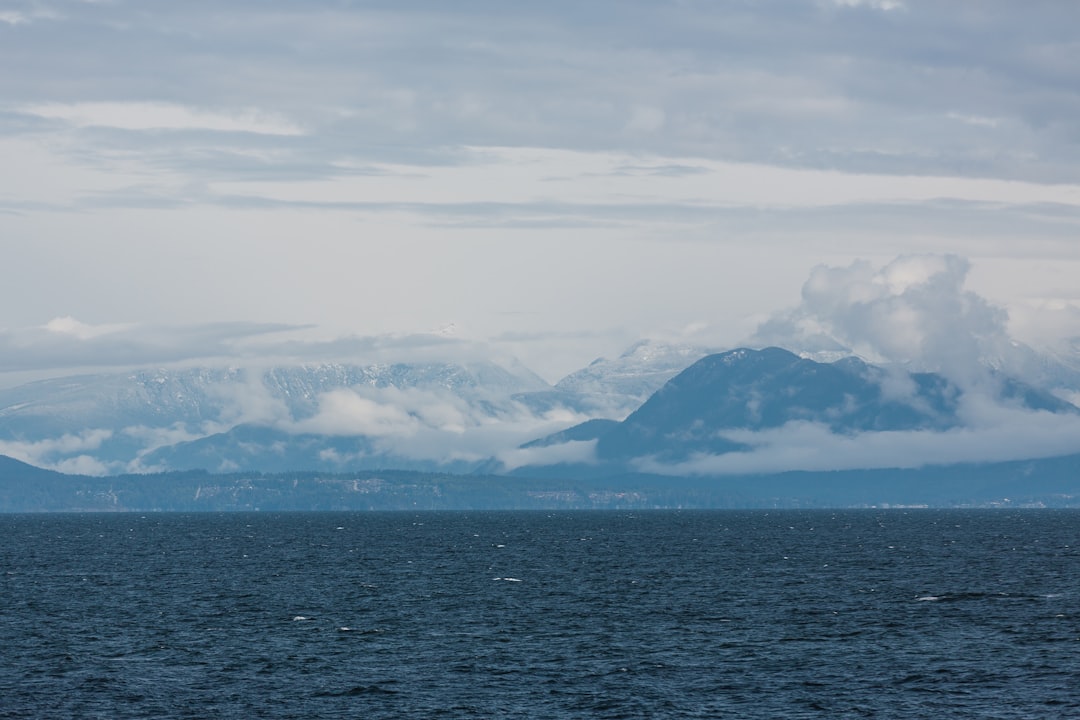The Drake Passage, a body of water that separates South America from Antarctica, is renowned for its tumultuous seas and breathtaking vistas. Named after the English explorer Sir Francis Drake, this passage is not only a critical maritime route but also a gateway to one of the most remote and pristine regions on Earth. Stretching approximately 600 miles, it connects the Atlantic and Pacific Oceans, making it a vital thoroughfare for vessels navigating between these two vast bodies of water.
The passage is often characterized by its unpredictable weather and challenging sea conditions, which have earned it a reputation as one of the most formidable stretches of ocean. For adventurers and nature enthusiasts alike, the Drake Passage represents both a challenge and an opportunity. It serves as a crucial access point for expeditions to Antarctica, drawing travelers eager to witness the continent’s stunning landscapes and unique wildlife.
The allure of the passage lies not only in its natural beauty but also in the thrill of crossing its often-turbulent waters. As travelers embark on their journeys through this iconic passage, they are met with a blend of excitement and trepidation, knowing that they are traversing a significant part of maritime history.
Key Takeaways
- The Drake Passage is a treacherous body of water located between the southern tip of South America and the northern tip of Antarctica, known for its unpredictable weather and rough seas.
- In February, the weather in the Drake Passage can be harsh, with strong winds, high waves, and the possibility of snow and sleet, making it a challenging time for travel.
- Wildlife sightings in the Drake Passage in February can include various species of whales, seals, and seabirds, providing a unique opportunity for wildlife enthusiasts.
- Adventure activities in the Drake Passage in February can include kayaking, hiking, and photography, offering a thrilling experience for adventure seekers.
- The historical significance of the Drake Passage lies in its role as a major route for exploration and trade, with a rich history of exploration and discovery by famous explorers.
Weather and sea conditions in February
February is an intriguing month in the Drake Passage, as it marks the tail end of summer in the Southern Hemisphere. During this time, the weather can be relatively mild compared to other months, with temperatures ranging from 30°F to 50°F (-1°C to 10°C). However, the conditions can still be unpredictable, with sudden storms capable of whipping up the seas into a frenzy.
Travelers should be prepared for a variety of weather scenarios, from sunny skies to overcast days with rain and wind. The variability of the weather adds an element of excitement to any journey through the passage. Sea conditions in February can also vary significantly.
While some days may offer relatively calm waters, others can present challenging swells and waves that reach heights of up to 20 feet. This unpredictability is part of what makes crossing the Drake Passage such an adventure. Many seasoned travelers recommend that those planning to make the crossing be mentally prepared for rough seas, as well as equipped with appropriate gear to ensure comfort during the journey.
The experience of navigating through these waters can be both exhilarating and daunting, providing a true test of one’s sea legs.
Wildlife sightings

One of the most captivating aspects of the Drake Passage is its rich biodiversity. February is an excellent time for wildlife sightings, as many species are active during this period. Travelers may encounter a variety of marine life, including whales, seals, and an array of seabirds.
The passage is particularly famous for its populations of humpback whales and orcas, which can often be seen breaching or swimming alongside vessels. The sight of these majestic creatures in their natural habitat is a highlight for many adventurers. In addition to whales, the waters of the Drake Passage are teeming with life beneath the surface.
Travelers may spot seals lounging on ice floes or diving into the frigid waters in search of food. The skies above are equally alive with activity, as seabirds such as albatrosses and petrels glide gracefully on the wind currents. These birds are not only a delight to observe but also play a crucial role in the ecosystem of the region.
For those with a passion for wildlife photography or birdwatching, February offers an unparalleled opportunity to witness and capture the beauty of these creatures in their natural environment.
Adventure activities in the Drake Passage
| Adventure Activity | Drake Passage |
|---|---|
| Whale Watching | Yes |
| Kayaking | Yes |
| Hiking | Yes |
| Photography | Yes |
The Drake Passage is not just a transit point; it is also a playground for adventure seekers. Many expedition cruises offer a range of activities designed to immerse travelers in the stunning surroundings. Kayaking is one popular option that allows participants to paddle through icy waters while getting up close to icebergs and marine life.
Another thrilling activity available in February is polar plunging, where brave souls take a dip in the frigid waters of the passage. This invigorating experience is often accompanied by cheers from fellow travelers and serves as a rite of passage for many adventurers.
Additionally, guided hikes on nearby islands provide opportunities to explore unique landscapes and learn about the region’s ecology from knowledgeable guides. These activities not only enhance the overall experience but also foster a sense of camaraderie among travelers as they share in the thrill of exploration.
Historical significance of the Drake Passage
The Drake Passage holds immense historical significance as it has been a critical route for explorers and navigators for centuries. Sir Francis Drake himself was one of the first Europeans to navigate these waters in the late 16th century during his circumnavigation of the globe. His journey paved the way for future explorers who sought to uncover the mysteries of Antarctica and its surrounding regions.
The passage has since become synonymous with exploration and adventure, attracting countless adventurers who wish to follow in Drake’s footsteps. Throughout history, the Drake Passage has also been a site of numerous maritime challenges and tragedies. The treacherous waters have claimed many ships over the years, leading to tales of shipwrecks and survival against all odds.
These stories contribute to the mystique surrounding the passage and serve as a reminder of nature’s power. Today, modern technology has made crossing the Drake Passage safer than ever before, yet it remains a place where respect for the sea is paramount.
Safety precautions for traveling in the Drake Passage

Traveling through the Drake Passage requires careful planning and consideration of safety precautions. Given its reputation for unpredictable weather and rough seas, travelers should prioritize their safety by choosing reputable expedition companies that have experience navigating these waters. These companies often provide thorough briefings on safety protocols and equip passengers with necessary gear such as life jackets and emergency supplies.
Additionally, travelers should be mindful of their physical health before embarking on this journey. Those prone to seasickness may want to consult with a healthcare professional about preventative measures or medications that can help alleviate symptoms during rough crossings. Staying hydrated and maintaining a balanced diet while at sea can also contribute to overall well-being during the voyage.
By taking these precautions seriously, travelers can enhance their experience while ensuring their safety throughout their adventure.
Unique geological features of the area
The geological features of the Drake Passage are as fascinating as its wildlife and history. The passage is characterized by dramatic landscapes shaped by tectonic activity over millions of years. The underwater topography includes deep trenches, underwater mountains, and vast plateaus that create unique habitats for marine life.
These geological formations contribute to the rich biodiversity found in these waters. One notable feature is the South Shetland Islands, which lie just north of Antarctica and are known for their rugged terrain and volcanic activity. These islands provide stunning backdrops for travelers crossing the Drake Passage and serve as important research sites for scientists studying climate change and geology.
The interplay between land and sea in this region creates an ever-changing landscape that captivates those who venture into its depths.
The experience of crossing the Drake Passage in February
Crossing the Drake Passage in February is an experience unlike any other. As travelers set sail from Ushuaia, Argentina, they are greeted by expansive views of open water that stretch toward the horizon. The anticipation builds as they enter this legendary passage, where every wave tells a story and every gust of wind carries whispers from explorers past.
For many, this journey represents not just a physical crossing but also a personal challenge—a test of resilience against nature’s elements. As they navigate through these waters, travelers often find themselves immersed in moments of awe and reflection. The sight of towering waves crashing against rocky outcrops or icebergs floating serenely by creates an emotional connection to this wild landscape.
Whether experiencing calm seas or battling rough waters, each moment spent crossing the Drake Passage becomes etched in memory—a testament to human curiosity and adventure.
Tips for preparing for a journey through the Drake Passage
Preparation is key when embarking on a journey through the Drake Passage, especially in February when conditions can be variable. Travelers should start by researching reputable expedition companies that offer well-structured itineraries and experienced guides familiar with navigating these waters. Booking early can also ensure access to preferred dates and accommodations.
Packing appropriately is another crucial aspect of preparation. Layered clothing is essential due to fluctuating temperatures; waterproof outer layers will help protect against wind and rain while allowing for comfort during outdoor activities. Additionally, bringing essential items such as sunscreen, sunglasses, and motion sickness remedies can enhance overall comfort during the voyage.
By taking these steps, travelers can set themselves up for an unforgettable adventure through one of nature’s most remarkable passages.
The impact of climate change on the region
The effects of climate change are increasingly evident in the Drake Passage and surrounding areas. Rising ocean temperatures have led to shifts in marine ecosystems, affecting species distribution and abundance. For instance, changes in water temperature can impact krill populations—an essential food source for many marine animals—including whales and seabirds that rely on them for survival.
Moreover, melting glaciers in Antarctica contribute to rising sea levels and alter ocean currents within the passage itself. These changes pose significant challenges not only for wildlife but also for human activities such as shipping and tourism in this region. As awareness grows about climate change’s impact on fragile ecosystems like those found in the Drake Passage, there is an urgent need for conservation efforts aimed at preserving this unique environment for future generations.
The allure of February in the Drake Passage
February in the Drake Passage offers an unparalleled blend of adventure, natural beauty, and historical significance that captivates all who venture into its waters. From witnessing breathtaking wildlife encounters to experiencing thrilling activities against stunning backdrops, travelers find themselves immersed in an extraordinary journey that transcends mere exploration. The challenges posed by unpredictable weather only serve to heighten appreciation for this wild landscape—a reminder that nature’s power is both awe-inspiring and humbling.
As climate change continues to impact this remarkable region, it becomes increasingly important for travelers to engage with it responsibly while advocating for its preservation. The allure of February in the Drake Passage lies not only in its breathtaking vistas but also in its potential to inspire stewardship for one of Earth’s last great frontiers—a place where adventure meets conservation amidst nature’s grandeur.
The Drake Passage, known for its turbulent waters, presents a unique challenge for travelers in February. During this time, the passage is characterized by strong winds and unpredictable weather, making it a thrilling yet daunting experience for those venturing to Antarctica. For more insights into navigating this formidable stretch of water, you might find the article on MyGeoQuest’s sample page particularly informative. It offers valuable tips and firsthand accounts that can help prepare you for the journey across one of the world’s most notorious maritime routes.
WATCH NOW! Drake Passage: Earth’s Deadliest Waters Revealed
FAQs
What is the Drake Passage?
The Drake Passage is the body of water between the southern tip of South America and the northern tip of the Antarctic Peninsula. It is known for its rough seas and challenging sailing conditions.
What is the weather like in the Drake Passage in February?
In February, the weather in the Drake Passage can be quite unpredictable. It is typically characterized by strong winds, rough seas, and cold temperatures. Storms and low-pressure systems are common during this time of year.
What are the sea conditions like in the Drake Passage in February?
The sea conditions in the Drake Passage in February can be very rough, with large swells and high waves. It is known for its turbulent waters and can be challenging for even experienced sailors.
What wildlife can be seen in the Drake Passage in February?
In February, the Drake Passage is a prime location for wildlife viewing. Travelers may have the opportunity to see a variety of seabirds, including albatrosses and petrels, as well as whales and other marine mammals.
What should travelers expect when crossing the Drake Passage in February?
Travelers crossing the Drake Passage in February should be prepared for rough seas and potentially challenging sailing conditions. It is advisable to take seasickness medication and pack warm, waterproof clothing.
